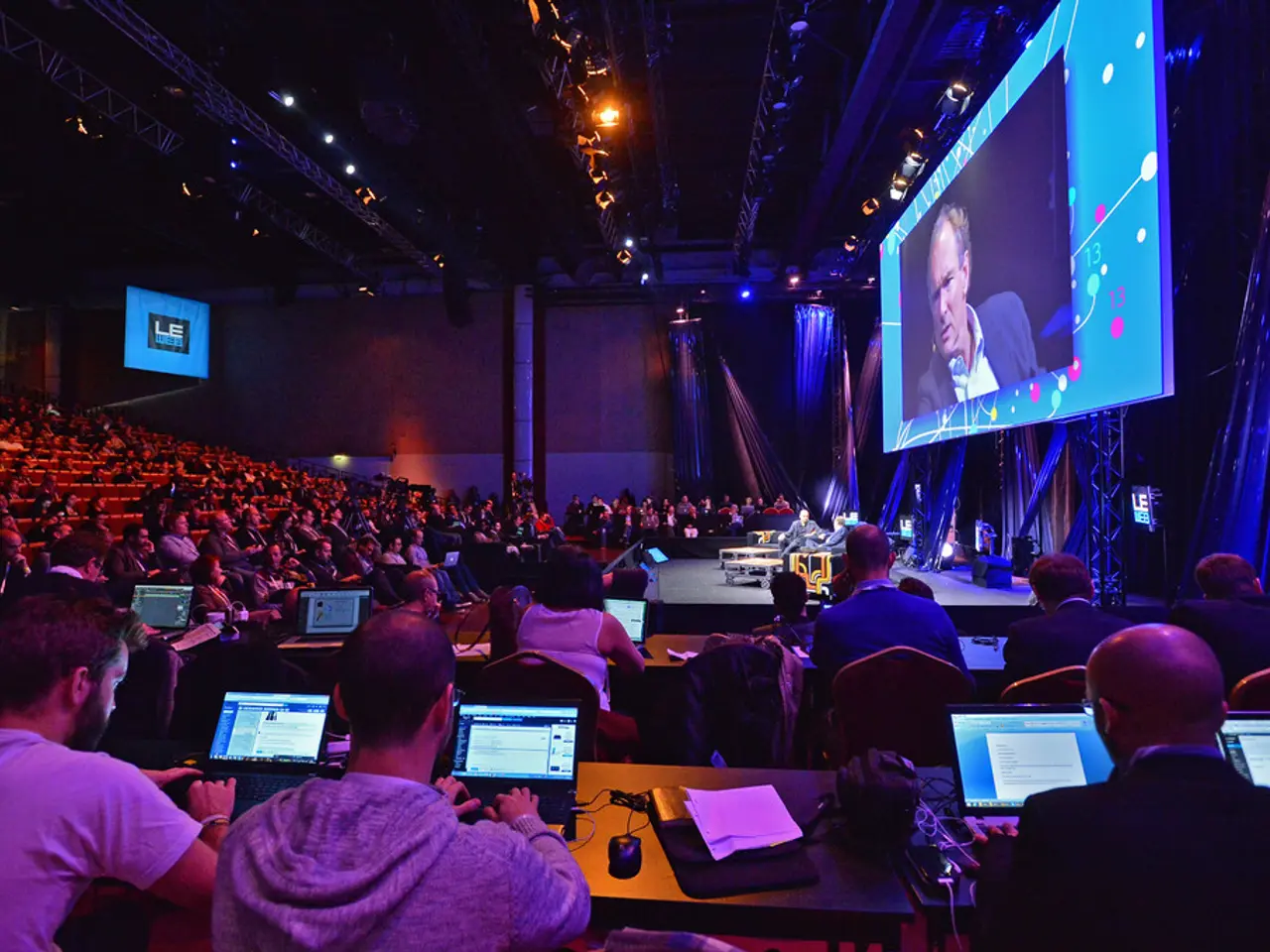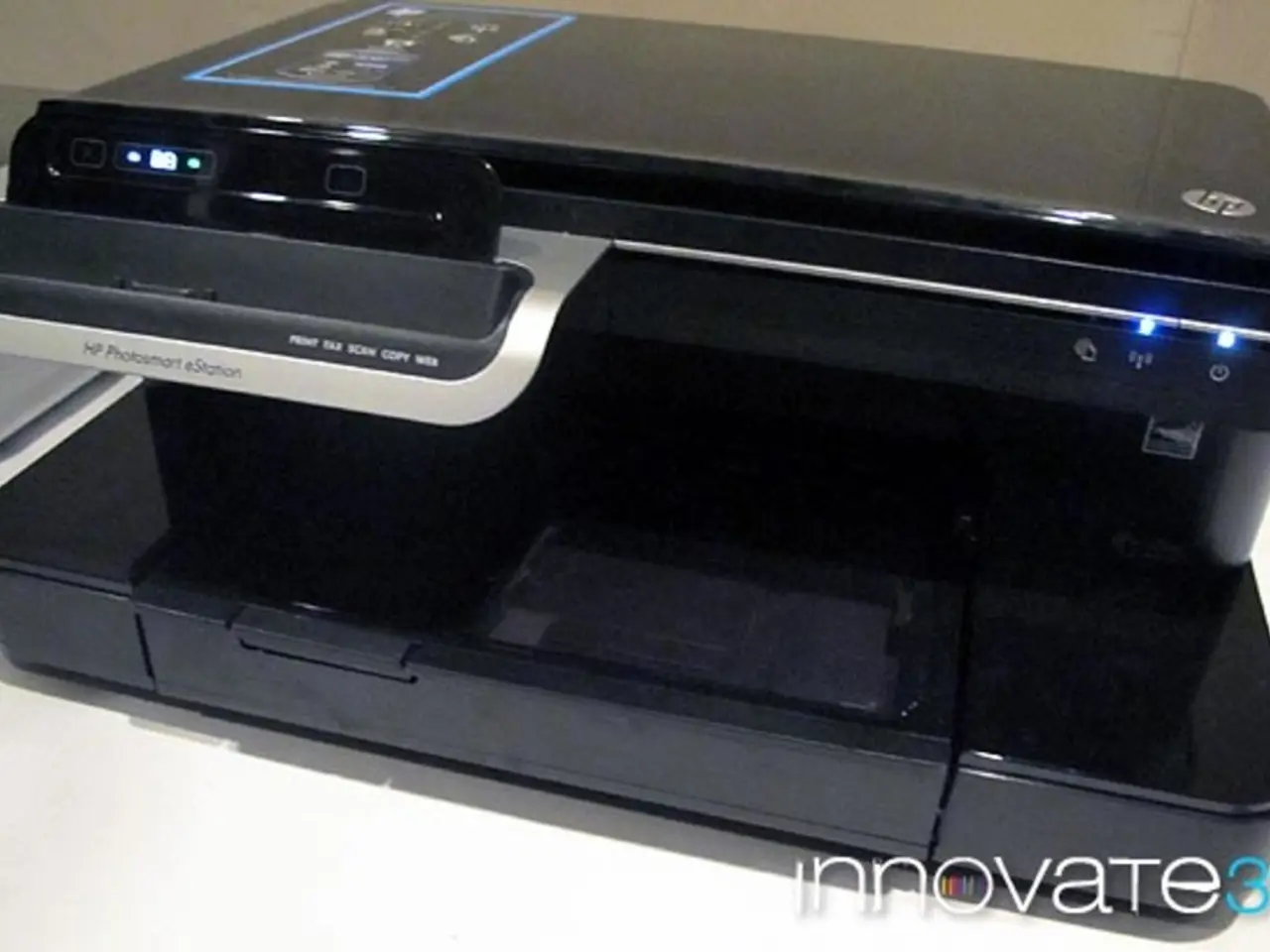High-Rise Fire Safety Measures Eased for Public in South Korea
In high-rise buildings across South Korea, a new fire safety measure is being implemented - the Korean descending lifeline. This innovative system, designed for emergency situations when conventional exits are unavailable, offers a last-resort evacuation method for ordinary residents.
The lifeline device comprises a rope or cable, a friction-based descent control mechanism, and a harness system. The rope reel is mounted outside the building using a large deployable hook fixed firmly to the wall with a screw-threaded coupling. Deploying the device involves attaching the rope reel to this hook, which can be thrown out from a window or balcony.
When in use, users face the wall while descending and control their speed using their hands and/or feet. The mechanical speed regulator ensures a safe descent pace, preventing excessive falls, and limiting the speed of descent to 1.5 meters per second or less. This system allows multiple occupants to escape sequentially without needing multiple ropes. Each end of the rope has a harness, with the next person grabbing the harness at the other end after the previous user has safely reached the ground.
The lifeline systems are designed to be intuitive enough for an inexperienced end user to figure out under conditions of extreme stress. The harness system can be quickly donned by sliding under the arms and tightening a strap. The devices are compact, with the longest variant of the lifelines typically sold being 45 meters in length, intended for buildings up to 15 stories tall.
The adoption of such devices in South Korea implies compliance with national fire safety regulations mandating safe means of egress from high-rise buildings during emergencies. The design principles emphasize ease of use, mechanical speed control, and secure attachment consistent with safety engineering standards. In South Korea, tall buildings now feature these compact rope escape devices as part of their fire safety infrastructure.
In South Korea, these lifeline systems are seen as a useful additional escape option when traditional escape routes have failed. They represent a shift in traditional thinking about fire safety, putting control back in the hands of building occupants. In fact, South Korea's apartment buildings and hotels are now required to have these lifeline devices installed.
In conclusion, South Korea's regulations on exterior rope escape devices in high-rise buildings emphasize safe, simple deployment; secure installation; controlled descent mechanisms; and sequential multi-person use. While specific legal code references were not detailed in the search results, these devices are integrated as officially recognized emergency fire escape solutions in Korean high-rise residential and hospitality buildings.
The Korean descending lifeline, a new fire safety measure, is a technology-driven solution that offers a last-resort evacuation method in high-rise buildings across South Korea, especially when traditional exits are unavailable. This system comprises a rope or cable, a friction-based descent control mechanism, and a harness system, all designed with mechanical speed control and secure attachment for multi-person usage, reflecting the prioritization of safety engineering standards in South Korea.




